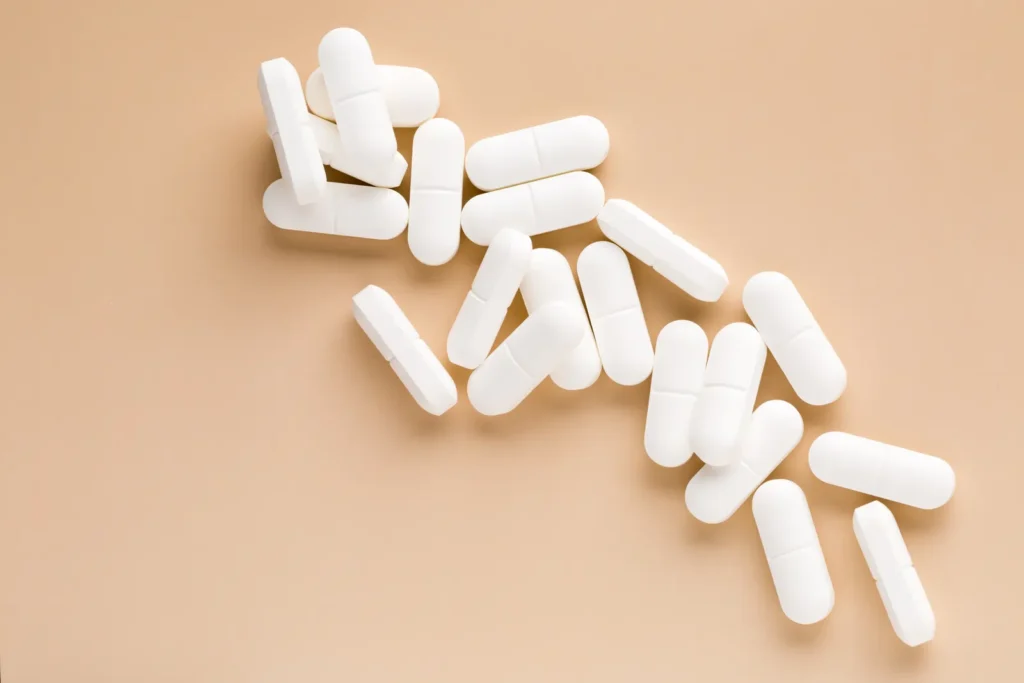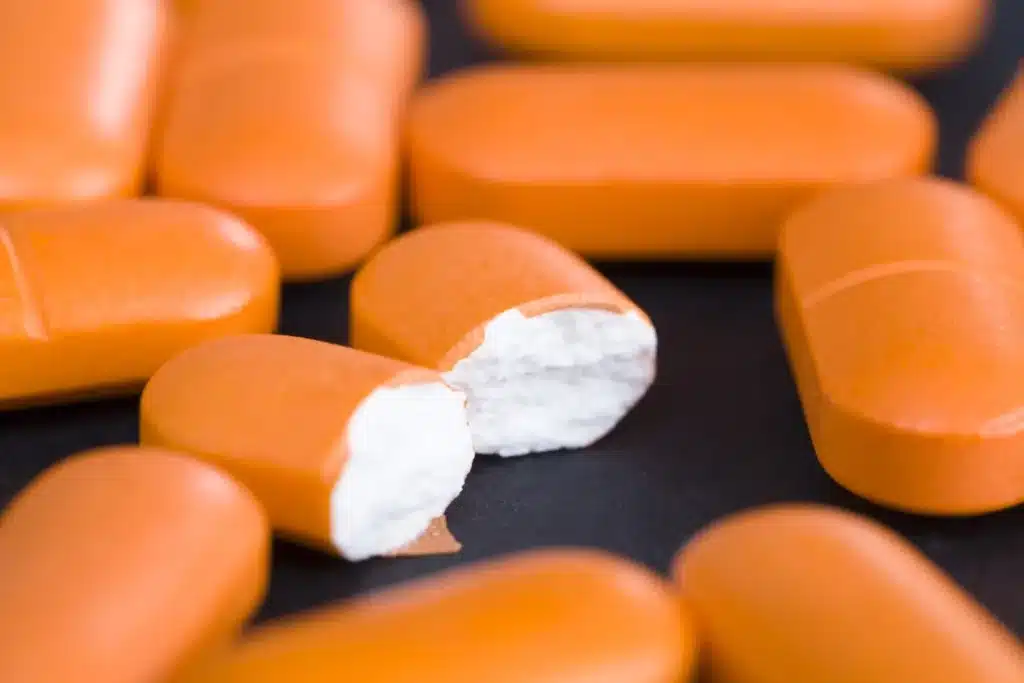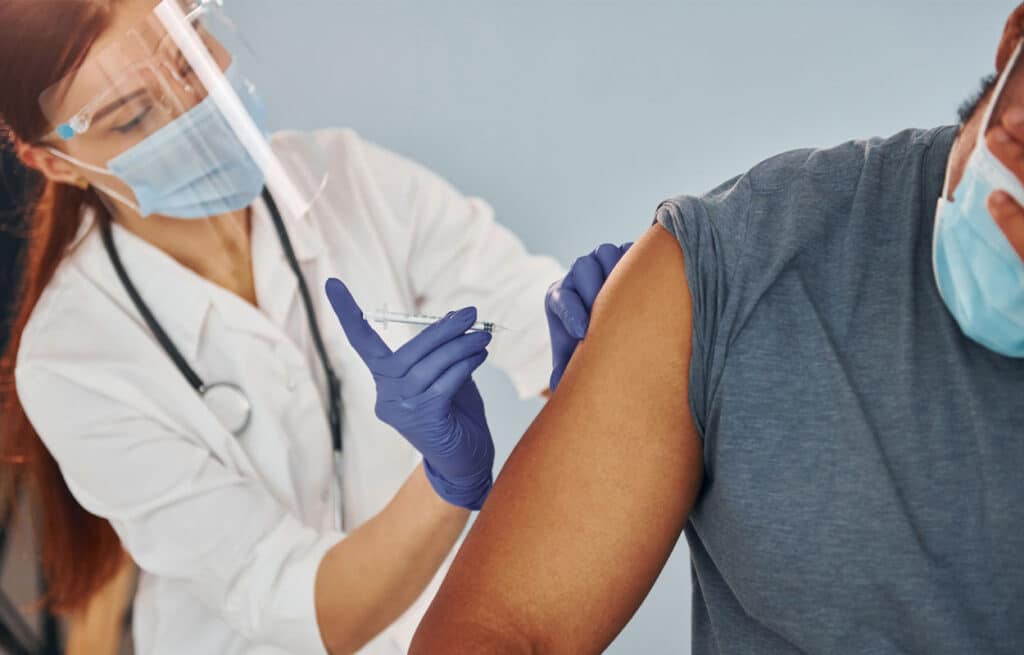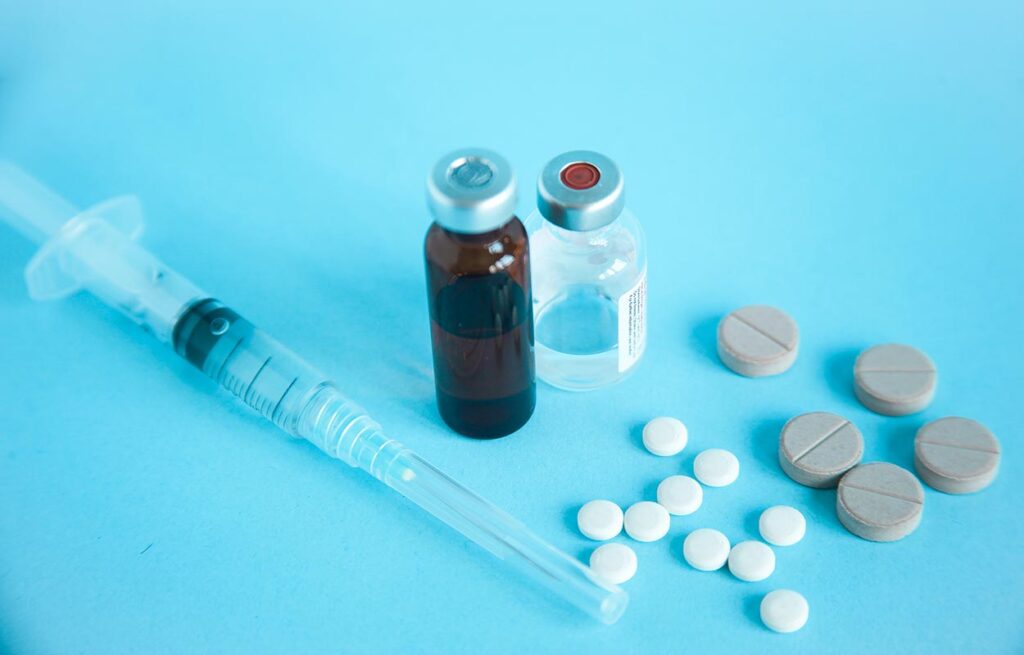What Does Dabbing Mean?
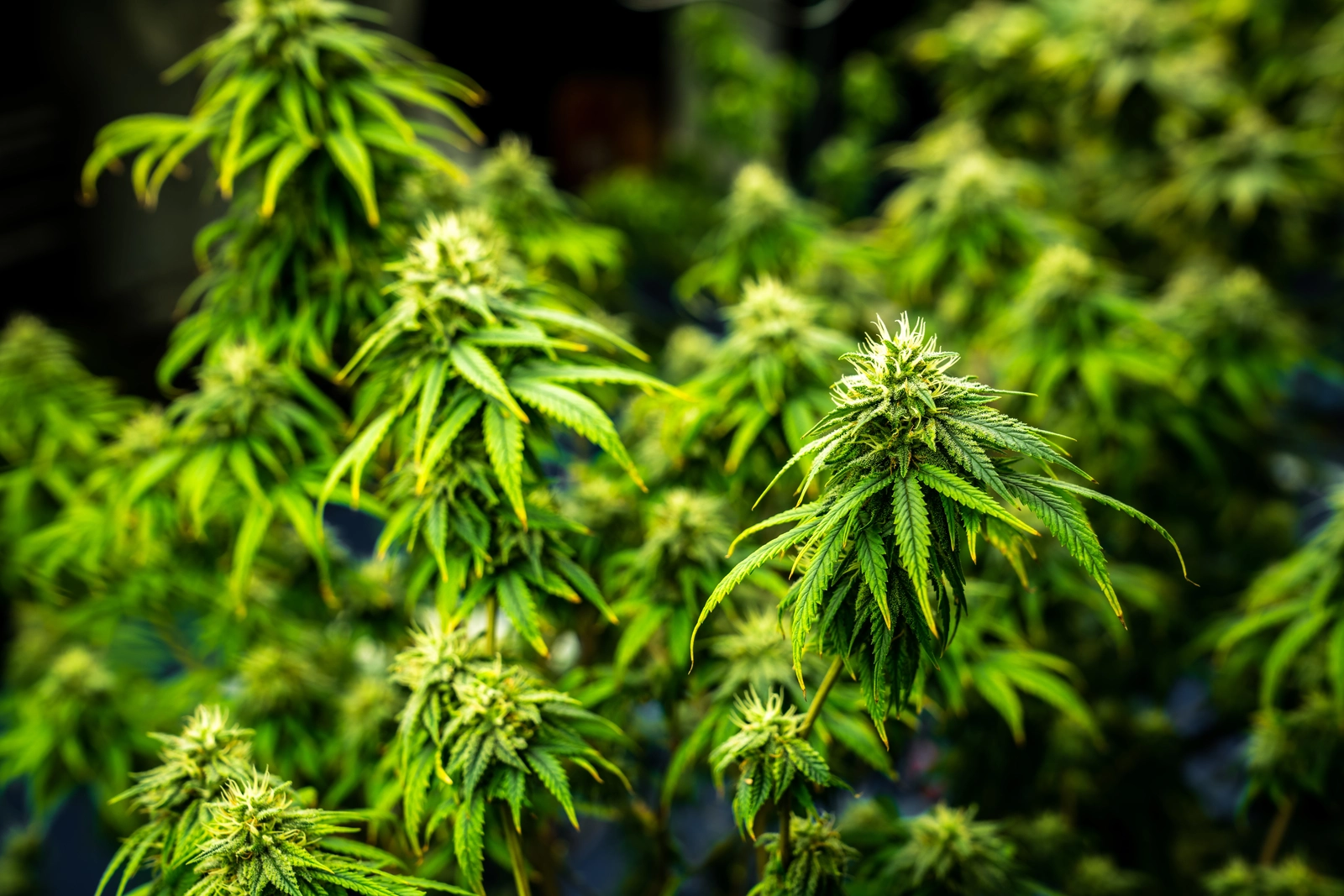
Dabbing has become a popular term in cannabis culture, but what does it mean? At its core, dabbing refers to the process of consuming concentrated cannabis extracts, often called dabs, by heating them on a hot surface and inhaling the vapor. This method delivers a potent and fast-acting experience, making it a preferred choice for those seeking strong effects. However, dabbing also comes with risks, especially for those unfamiliar with high THC levels.
Key Points
- Dabbing is a method of consuming highly concentrated cannabis extracts by vaporizing them on a heated surface, delivering an extremely potent high with THC levels ranging from 60 to 90 percent.
- The practice carries significant risks, including rapid tolerance development, potential mental health issues, and respiratory concerns due to the intense concentration of THC.
- Recent trends show dabbing becoming more technologically advanced and socially accepted, with innovations like electronic nails and a wider variety of cannabis concentrates.
- Cannabis legalization and social media have played crucial roles in normalizing dabbing, particularly among younger generations like Millennials and Gen Z.
- Cannabis use disorder is a recognized condition affecting approximately 30 percent of people who use cannabis, with higher risks for those who begin using during teenage years and potential long-term impacts on brain development and personal functioning.
What is Dabbing?
Dabbing involves consuming marijuana by vaporizing concentrated cannabis extracts.[1] Cannabis consumers heat a special surface called a nail using a torch, then place a small amount of THC concentrate, like wax or oil, onto the hot surface. The concentrate instantly turns into a potent vapor that people inhale through a specialized glass water pipe called a dab rig.
This method delivers an extremely powerful high because cannabis concentrates contain much higher levels of THC compared to traditional marijuana flowers. While popular among experienced cannabis and vaping fans, dabbing requires specialized equipment and carries risks due to the intense potency of the extracts and the complex process of creating and consuming them. The concentrated forms can contain 60 to 90 percent THC, compared to typical marijuana flower, which ranges from 10 to 25 percent THC.[2]
What Are the Risks Associated With Dabbing?
Cannabis dabbing has emerged as a potent and potentially dangerous method of consuming marijuana concentrates. The risks associated with this consumption method are significant and multifaceted, ranging from immediate health impacts to long-term physiological consequences:[3]
- Extreme THC concentration: Dabbing involves cannabis extracts with 60-90 percent THC, dramatically higher than traditional marijuana’s 10-25 percent, which can cause intense and potentially overwhelming psychoactive effects.
- Rapid tolerance development: Frequent dabbing can quickly increase a person’s tolerance to THC, potentially leading to increased consumption and dependence.
- Increased risk of mental health issues: The high potency of concentrates may accelerate or exacerbate anxiety, paranoia, and potential psychological complications.
- Complex extraction risks: The Amateur production of cannabis concentrates can involve dangerous solvents and techniques, risking chemical contamination and potential explosions.
- Lung and respiratory concerns: High-temperature vaporization and intense inhalation may cause significant respiratory system stress and potential long-term damage.
- Limited long-term research: Due to dabbing’s relatively recent emergence, a comprehensive scientific understanding of its health impacts remains incomplete.
What Are the Recent Trends in Dabbing?
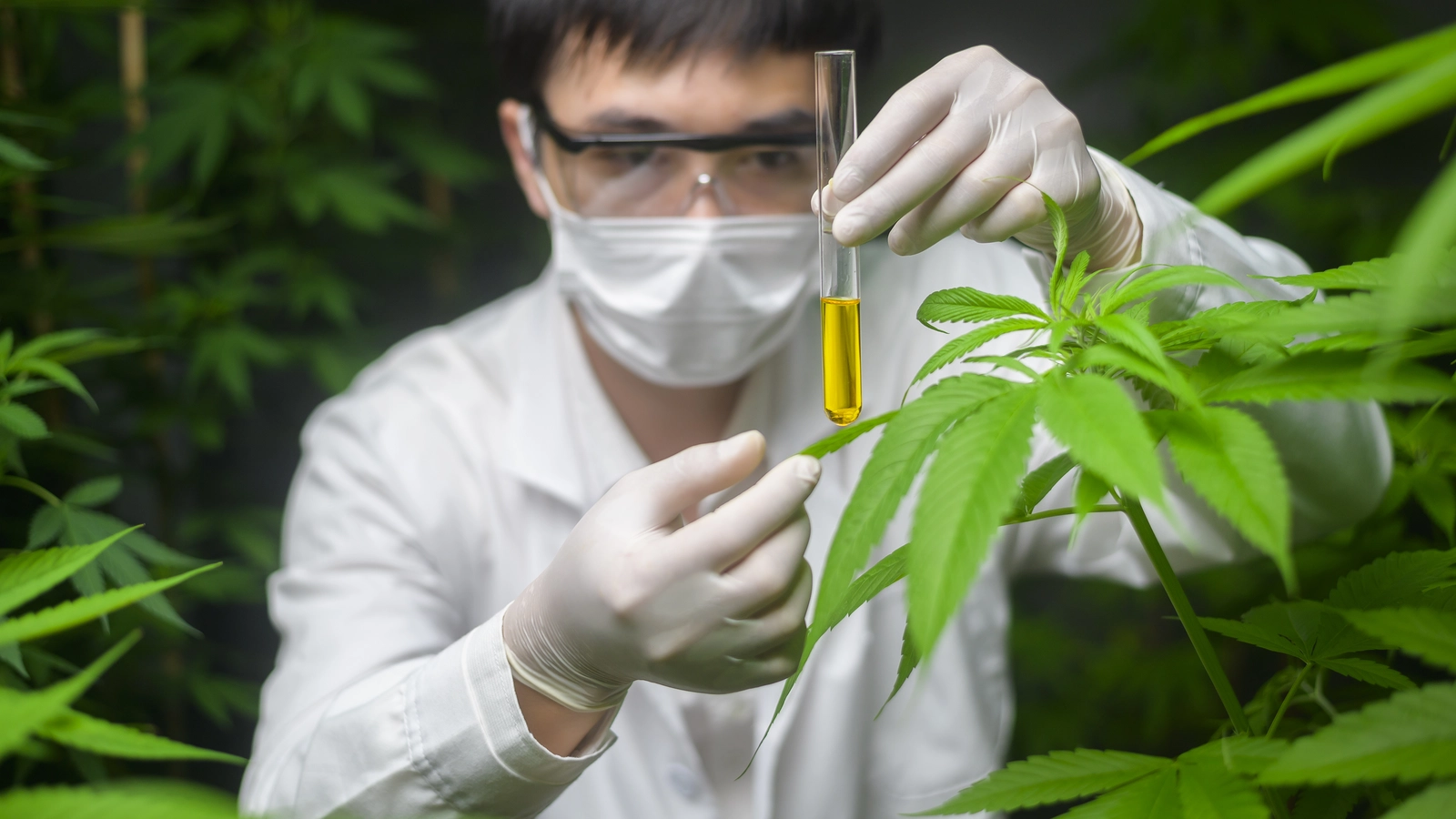
Dabbing has quickly become a popular way to consume cannabis concentrates, representing a significant shift in marijuana consumption methods. As cannabis culture continues to evolve, dabbing has emerged as an increasingly mainstream approach to experiencing the substance:[4]
- Technological advancements: Modern electronic nails, portable dab rigs, and precision temperature-controlled vaporizers have transformed dabbing from a complex, intimidating process to a more accessible and user-friendly experience. These innovations allow consumers greater control over their consumption, enabling more precise temperature management and a more consistent, controlled high.
- Concentrate variety: The cannabis extraction industry has exploded with innovative concentrate types, offering consumers an unprecedented range of options. Each concentrate provides unique flavor profiles, potency levels, and nuanced effects, from live resin and rosin to sauce, crystalline, and budder extracts. This diversity allows people to customize their experience and explore sensory and psychoactive characteristics.
- Legal changes: Increasing cannabis legalization across multiple states has dramatically transformed the landscape of concentrate production and consumption. Licensed dispensaries now offer professionally manufactured, lab-tested concentrates, providing consumers with safer, more regulated products than the previously uncontrolled black market alternatives.
- Medical research: Scientific interest in cannabis concentrates has grown substantially, with researchers exploring potential therapeutic applications. Studies are investigating how concentrated cannabis might help manage chronic pain, reduce anxiety, mitigate neurological disorders, and potentially offer alternative treatments for various medical conditions.
- Social media impact: Digital platforms have played a crucial role in normalizing and spreading dabbing culture. Influencers, cannabis content creators, and online communities share techniques, reviews, and experiences, helping to demystify dabbing and attract new customers interested in exploring concentrated cannabis consumption.
- Younger consumers: Millennials and Gen Z demonstrate higher rates of cannabis concentrate acceptance and usage. This demographic is more open to experimenting with new consumption methods, viewing dabbing as a technologically advanced and potentially more efficient way of experiencing cannabis compared to traditional smoking.
- Cleaner methods: The cannabis industry increasingly focuses on developing more sustainable and environmentally conscious extraction techniques. Solventless extraction methods, which eliminate potentially harmful chemical processes, are gaining popularity among consumers who prioritize product purity and ecological considerations.
About Cannabis Use Disorder
Cannabis use disorder is a clinically recognized condition of problematic marijuana consumption that significantly impairs your daily functioning and overall quality of life.[5] Diagnostic criteria include persistent difficulty controlling cannabis use, continued consumption despite experiencing negative personal, professional, or social consequences, and experiencing withdrawal symptoms when attempting to reduce or stop use.
The signs of cannabis use disorder can look different for everyone but typically include things like spending lots of time getting or using cannabis, feeling unable to stop even when they want to, and experiencing problems at work or home because of their use.
About 30 percent of people who use cannabis will develop this disorder, and the risk is higher for people who start using during their teenage years.[6] Some people might need help through therapy, counseling, or support groups to manage their cannabis use.
For young people, especially, cannabis use can be a big deal. It can mess with school performance, relationships, and even brain development.[7] The impacts can be long-lasting, potentially changing how someone’s brain works and affecting future opportunities. While not everyone who uses cannabis will develop a use disorder, it’s important to be aware of the risks and pay attention to how substance use might be affecting your life.
